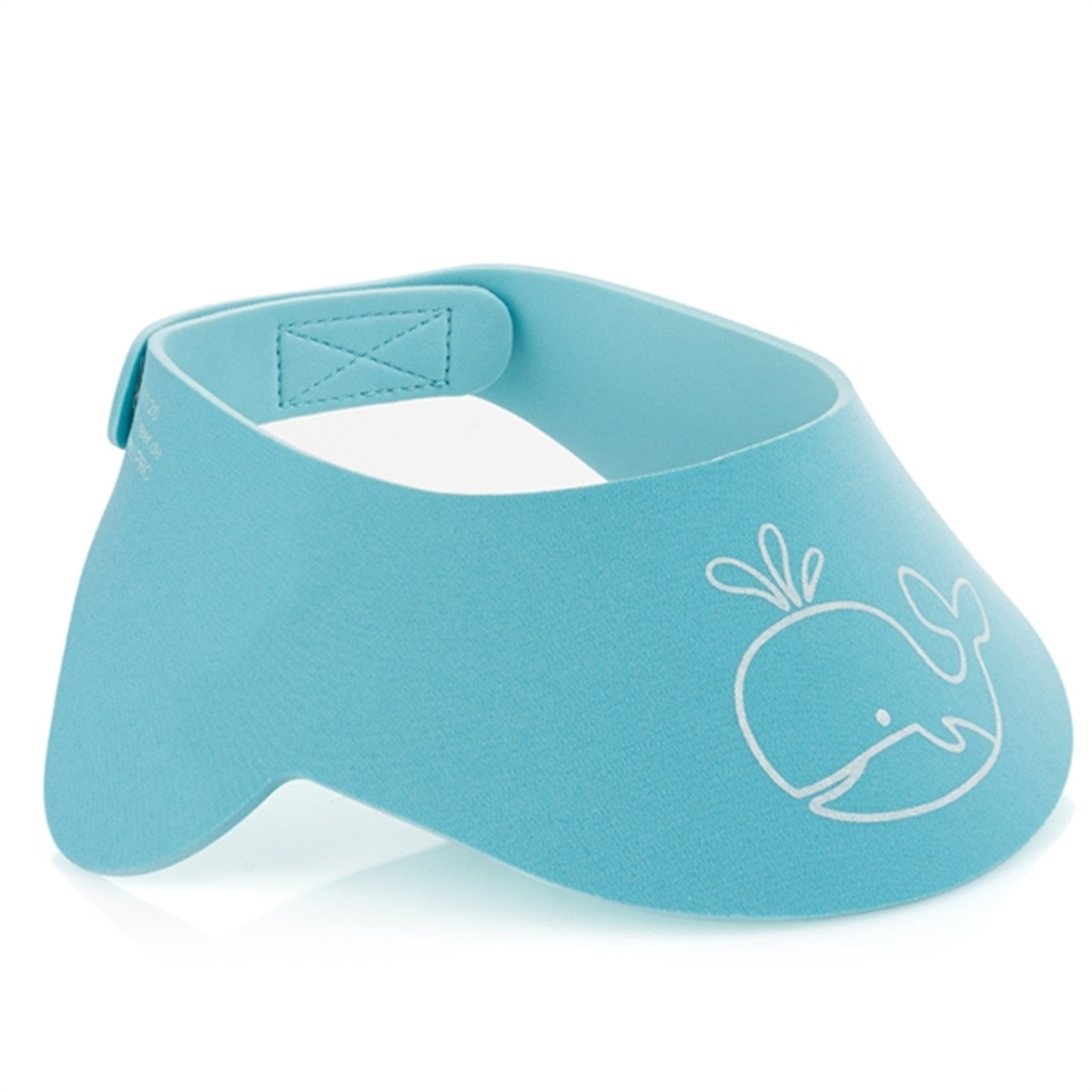Cat Hair Care: A Comprehensive Guide To Keeping Your Feline Friend's Coat Healthy
Caring for your cat's hair is one of the most important aspects of maintaining their overall health and well-being. As a responsible pet owner, understanding cat hair care can significantly enhance the quality of life for your beloved feline companion. Proper grooming not only keeps their coat shiny and healthy but also helps prevent various health issues.
Cats are naturally clean animals, but they still require regular grooming to maintain a healthy coat. Whether your cat has short or long hair, proper hair care plays a crucial role in preventing matting, reducing shedding, and minimizing hairballs. This guide will provide you with all the information you need to ensure your cat's coat remains in top condition.
From understanding the basics of cat hair care to learning advanced grooming techniques, this article covers everything you need to know. Whether you're a first-time cat owner or a seasoned pet enthusiast, you'll find valuable insights and actionable tips to keep your cat's coat looking its best.
Read also:Is Jerry Yan Still Relevant In The Entertainment Industry Today
Table of Contents
- Biography of Cat Hair Care
- Types of Cat Hair
- Essential Grooming Tools for Cat Hair Care
- How Often Should You Groom Your Cat?
- Preventing Hairballs in Cats
- Nutritional Support for Healthy Cat Hair
- Common Cat Hair Problems and Solutions
- Cat Hair Allergies: What You Need to Know
- Shorthair vs. Longhair Cats: Grooming Differences
- Conclusion and Call to Action
Biography of Cat Hair Care
History of Cat Hair Care
Cat hair care has evolved significantly over the years. Ancient Egyptians were among the first civilizations to domesticate cats and recognize the importance of maintaining their coat's health. They believed that a well-groomed cat was a sign of prosperity and good fortune. Today, modern cat owners continue this tradition by incorporating advanced grooming techniques and products into their pet care routines.
Over time, the understanding of cat hair care has expanded to include not only physical grooming but also nutritional support and environmental factors that influence coat health. This holistic approach ensures that cats remain healthy and happy throughout their lives.
Types of Cat Hair
Cats have different types of hair, each serving a specific purpose. Understanding these types can help you better care for your cat's coat:
- Guard hairs: The outermost layer of a cat's coat, providing protection against weather elements.
- Awn hairs: Located beneath the guard hairs, these provide insulation and help regulate body temperature.
- Down hairs: The soft undercoat that offers additional warmth and cushioning.
Essential Grooming Tools for Cat Hair Care
To ensure effective cat hair care, you'll need the right tools. Here are some essential grooming tools every cat owner should have:
- Brush (for both short and long-haired cats)
- Comb (to remove tangles and mats)
- Nail clippers (to trim your cat's nails)
- Grooming gloves (to simulate a cat's natural licking behavior)
How Often Should You Groom Your Cat?
Factors Influencing Grooming Frequency
The frequency of grooming depends on several factors, including your cat's hair type, age, and lifestyle. Long-haired cats require more frequent grooming compared to short-haired breeds. Additionally, older cats or those with mobility issues may need extra assistance with grooming.
As a general guideline, short-haired cats should be groomed at least once a week, while long-haired cats may require daily grooming sessions to prevent matting and tangling.
Read also:Platform Smart Stocks Ai Revolutionizing Stock Trading With Artificial Intelligence
Preventing Hairballs in Cats
Hairballs are a common issue for cats, especially those with long hair. Regular grooming helps reduce the amount of loose hair your cat ingests while self-grooming. Additionally, feeding your cat a diet rich in fiber can aid in the digestion and elimination of hairballs.
Nutritional Support for Healthy Cat Hair
A well-balanced diet is crucial for maintaining a healthy coat. Essential nutrients such as omega-3 fatty acids, vitamins, and minerals play a vital role in promoting shiny and strong hair. Consult with your veterinarian to determine the best diet for your cat's specific needs.
Common Cat Hair Problems and Solutions
Dealing with Hair Loss
Hair loss in cats can be caused by various factors, including allergies, infections, or underlying health conditions. Identifying the root cause is essential for effective treatment. Regular grooming and veterinary check-ups can help detect and address hair loss issues early on.
Cat Hair Allergies: What You Need to Know
Many people are allergic to cat hair, but it's not the hair itself that triggers allergies. Instead, it's proteins found in a cat's saliva, skin flakes (dander), and urine. Regular grooming and bathing can help reduce allergens in your home. Additionally, using air purifiers and maintaining a clean living environment can minimize allergy symptoms.
Shorthair vs. Longhair Cats: Grooming Differences
Grooming Tips for Longhair Cats
Longhair cats require more intensive grooming to prevent matting and tangling. Use a slicker brush to remove loose hair and a metal comb to detangle knots. Regular grooming sessions can help maintain a smooth and healthy coat.
Grooming Tips for Shorthair Cats
Shorthair cats generally require less grooming, but regular brushing is still important to remove loose hair and distribute natural oils throughout the coat. A soft-bristle brush or grooming glove works well for short-haired breeds.
Conclusion and Call to Action
Cat hair care is an essential aspect of responsible pet ownership. By understanding the different types of cat hair, using the right grooming tools, and maintaining a consistent grooming routine, you can ensure your cat's coat remains healthy and vibrant. Remember to also provide proper nutrition and consult with your veterinarian for any concerns related to your cat's coat health.
We encourage you to share this article with fellow cat lovers and leave a comment below if you have any questions or additional tips for cat hair care. Don't forget to explore other informative articles on our website to enhance your knowledge about pet care.
Data and statistics referenced in this article are sourced from reputable organizations such as the American Veterinary Medical Association (AVMA) and the International Cat Care (ICC). These sources ensure the accuracy and reliability of the information provided.


